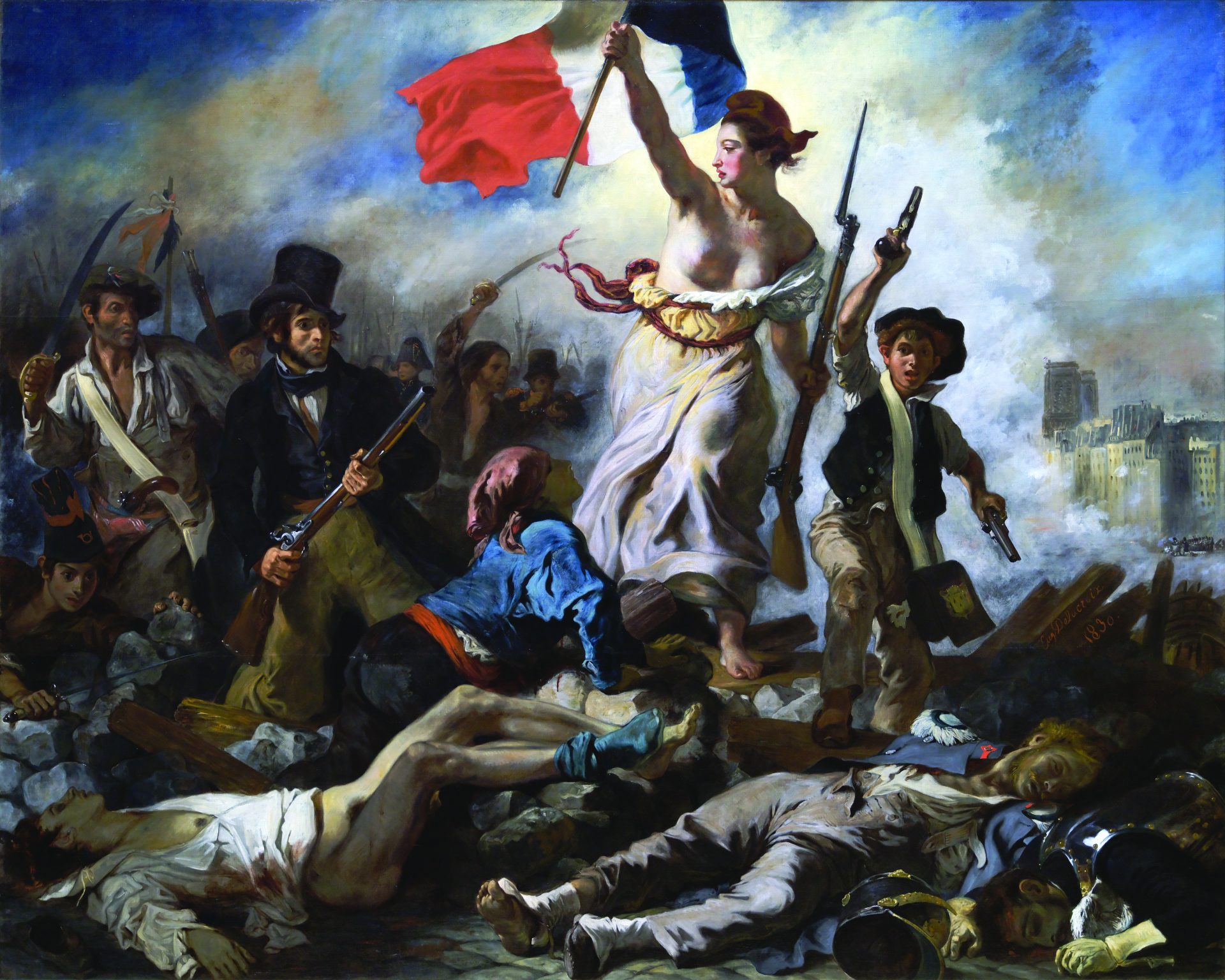
Before he was a writer, Patrick Leigh Fermor was merely a war hero, having earned his first fame from deep-cover exploits with the Greek Resistance. During World War II he hid in the rugged mountains of Crete, leading cat-and-mouse strikes against the German occupiers—experience that surely served him well a couple years later when, as he describes in his account of postwar travels in the Caribbean, The Traveller’s Tree, he ventured once again into hostile territory: the Dunghill in Kingston, Jamaica. This rickety slum, the “refuge of all the robbers and footpads and murderers of Jamaica,” was also the stronghold of the “passionately anti-white” Rastafari. Despite being warned that even police officers and black Jamaicans scarcely dared enter their compound, he strolls in with only feigned ignorance for armor. “I was just going for a walk,” he explains when accosted. “What are the Rastafari?”
Before long, the droopy-lidded devotees of Jah are not only answering his question in detail but also “hospitably” rolling him a joint “unwieldy as an ice-cream cone.” Here already in Leigh Fermor’s first book, originally published in 1950, is the winning mix of nerve, curiosity, and cheer, so charming to readers and other cultists, that marks his two-part masterpiece, A Time of Gifts (1977) and Between the Woods and the Water (1986), an account of a rather longer walk, from Holland to Turkey. But unlike those volumes, The Traveller’s Tree, which skips along the Antillean island chain from Trinidad to Cuba, was written within only a year or two of the trip it records. Leigh Fermor’s European trek, on the other hand, had four decades to mellow and ramify in memory before he wrote about it. For all its remarkable vivacity, that later work doesn’t preserve the sort of small irritations that give some passages here a cranky (and often very funny) edge, complementing his usual lyricism. He notes that “hotel cooking in [Trinidad] is so appalling that a stretcher may profitably be ordered at the same time as dinner,” complains of the “thuggish vegetation” that blankets the southerly islands, and, on realizing that he has been the victim of a friendly prank, emits a “H’m” of pique.
The pranksters are three black waitresses—not a coincidence in a book that unavoidably centers on racial tension. Leigh Fermor revels in genealogy and loves explaining why who ended up where, historically speaking; elsewhere, he focuses on the “ethnological rock-pools of Europe,” peripheral groups whose racial history, rightly or wrongly, often feels slightly academic. But here, in presenting a “report on the birth pangs of our postwar world,” as Joshua Jelly-Schapiro puts it in his introduction, Leigh Fermor confronts again and again the raw wounds of incipient decolonization. A chance meeting with a Guadeloupean woman sets the tone: “You’re white and we’re black,” she shouts. “What of it?”
He worries at that question throughout with an open-mindedness unusual for his class and era (notwithstanding the use of terms, such as childish and primitive, that have long since been struck from the anthropological lexicon). He doesn’t just condemn segregation, he seems actually to feed on cultural miscegenation. The “blood-curdling gentility” of white Barbados looks all the more pathetic when juxtaposed with his portrait of “startlingly cosmopolitan” and “fantastically carefree” Trinidad—itself a mere appetizer compared with his thirty-eight-page treatment of Haitian voodoo (a certain slackness of narrative is one of the flaws he had yet to iron out). It supplements diligent fieldwork—he counts seventy distinct voodoo spirits—with library digging, Leigh Fermor being a man so book-drunk that he compares the delicate task of harvesting hearts of palm to the “handling of a codex.” In fact, he seems to stop at every library and graveyard in the islands, grateful for these rare outcroppings of history in the “recent world of the Antilles.”
Some people travel to blot home, or the past, from their minds. Not Leigh Fermor, who always keeps one compass leg fixed in his intellectual home—literary Europe. The book closes with words from his seatmate on the return trip, an emigrant Greek, and opens by describing his trip as an Odyssey. Sixty years and seven books later, that almost seems like an understatement. After all, Odysseus left home only once.





